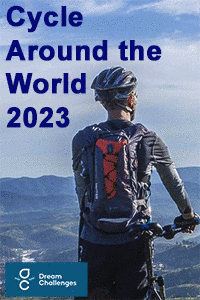Positive Health Online
Your Country

Research: LUBIN and COLLEAGUES,
Listed in Issue 167
Abstract
LUBIN and COLLEAGUES, Biostatistics Branch, Division of Cancer Epidemiology and Genetics, National Cancer Institute, Rockville, MD 20852, USA.lubinj@mail.nih.gov quantified smoking intensity levels and cancer risks.
Background
Relative risks for lung and bladder cancers by smoking intensity level off at more than 15-20 cigarettes per day. A three-parameter excess relative risk model in pack-years and intensity quantified this levelling (Lubin et al., Am J Epidemiol 2007;166:479-89). Above 15-20 cigarettes per day was an 'inverse exposure rate' effect whereby, for equal pack-years, the excess relative risk/pack-year decreased with increasing intensity; that is, smoking at a lower intensity for a longer duration was more deleterious than smoking at a higher intensity for a shorter duration.
Methodology
After adjustment for pack-years, intensity effects were quantitatively homogeneous across multiple case-control studies of lung, bladder, oral cavity, pancreas, and oesophagus cancers. The authors extended those analyses to examine intensity patterns for incident bladder, esophagus, kidney, larynx, liver, lung, oropharynx, and pancreas cancers by using data from a single prospective cohort in Finland, the Alpha-Tocopherol, Beta-Carotene Cancer Prevention Study, with follow-up from enrolment, which occurred between 1985 and 1988, through April 2004.
Results
At more than 10 cigarettes per day, they found an inverse exposure rate pattern for each cancer site. After adjustment for pack-years, intensity effects were quantitatively homogeneous across the diverse cancer sites and homogeneous with intensity effects from the prior analysis of multiple studies. Consistency of intensity patterns suggested a general phenomenon and may provide clues to the molecular basis of smoking-related cancer risk.
Conclusion
References
Lubin JH, Virtamo J, Weinstein SJ and Albanes D. Cigarette smoking and cancer: intensity patterns in the alpha-tocopherol, beta-carotene cancer prevention study in Finnish men. American Journal of Epidemiology. 167(8): 970-5. Apr 15 2008.



